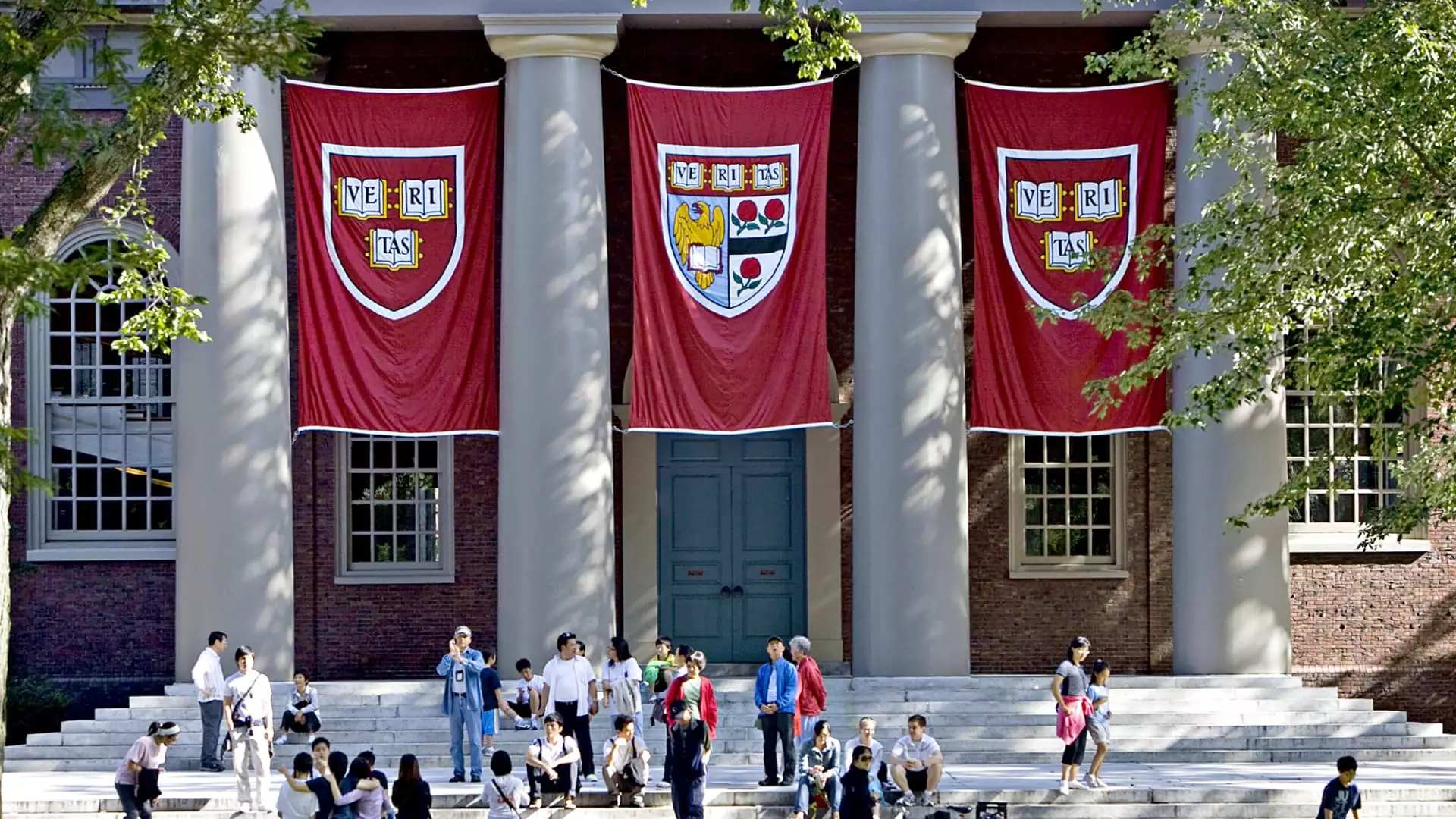In a surprising twist within the academic landscape, Harvard University has stepped into the limelight, proclaiming that undergraduate tuition will be free for students hailing from families with incomes of $200,000 or less starting in the 2025-26 academic year. This groundbreaking announcement positions Harvard among a select group of Ivy League and “Ivy Plus” institutions that are reevaluating their financial strategies in the face of soaring college costs. One can’t help but wonder if this is a mere market maneuver or a genuine attempt to democratize access to education for those who might otherwise be deterred by the financial burden of higher learning.
Additionally, schools like the University of Pennsylvania and the Massachusetts Institute of Technology have already initiated similar policies, declaring their commitment to ensuring that students from families making up to $200,000 receive comprehensive financial aid packages. It appears the elite are finally realizing that exclusivity doesn’t just mean a top-tier education; it also means facilitating a pathway for diverse talent. If the aim is to attract the best and brightest, then making education financially accessible isn’t just a choice; it’s a necessity.
The Financial Aid Arms Race
Critics might wonder if this newfound generosity is merely the latest chapter in a protracted “affordability arms race.” As schools compete for top-tier talent, financial aid packages are becoming increasingly robust. The announcement from Harvard comes on the heels of Princeton University raising its threshold for 100% aid to families earning less than $100,000. As noted by experts in the field, this isn’t just about keeping up with the Joneses; rather, it is an unsettling acknowledgment of a glaring issue—educational equity is at stake.
Harvard’s aim to align itself with Princeton’s commitment, and even surpass it, represents a meaningful shift in academic culture. Institutions that once attempted to insulate themselves within a bubble of elitism are now compelled to consider their role in the larger societal context. Accessibility and affordability might no longer be optional; they could become the defining factors in the quest for institutional prestige.
Addressing the Elephant in the Room
Nonetheless, while these tuition-free initiatives seem grand in isolation, they cannot obscure the elephant in the room. Concerns linger over the cumulative costs that remain untackled, such as room and board, which can significantly affect the financial wellness of students. Tuition might be waived, but ancillary expenses—like textbooks, supplies, and living costs—still loom large. For a truly inclusive education model, universities must develop comprehensive financial frameworks that address all facets of student life, not just the cost of classes.
There’s also the matter of how these institutions will fund their newfound commitments. The endowment funds of these universities are substantial, yet tapping into them raises critical questions around sustainability and the future direction of financial aid. Are these policies truly sustainable if they rely heavily on the wealth of these institutions? The implications can be vast and far-reaching.
The Student Experience: Rising Above Debt Anxiety
One of the most profound aspects of this shift is its potential to alleviate “debt anxiety,” a palpable concern among college-bound students. According to surveys, the fear of overwhelming student debt has eclipsed many students’ hopes and aspirations. With tuition barriers lowered, schools that eliminate loans from their financial aid packages are taking proactive steps to reframe the college experience from one riddled with financial burdens to one centered on academic and personal growth.
Moving forward, we need to examine these shifts critically, recognizing that while Harvard and its cohort are making commendable advancements, they must also commit to structural changes that foster a more equitable educational environment. As these colleges make significant strides, the spotlight should remain firmly on the effectiveness of their promises and whether they can translate institutional goodwill into a transformative experience for all students.
By challenging the existing paradigms of higher education, the tide may finally be turning toward a more accessible and equitable system that could redefine the future of American education.

